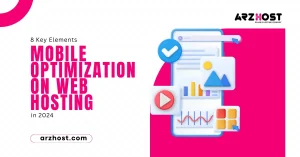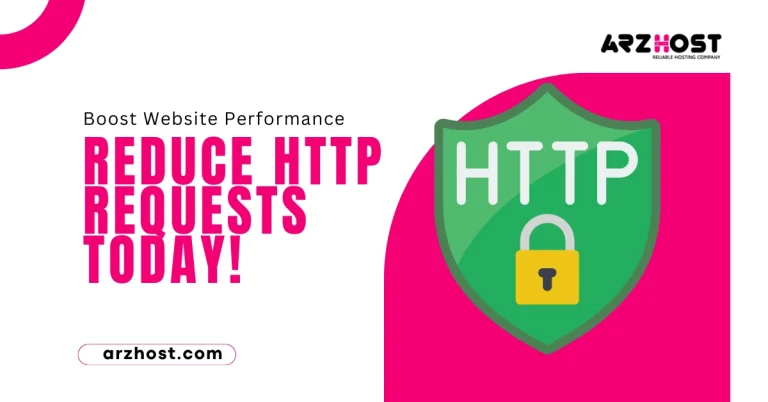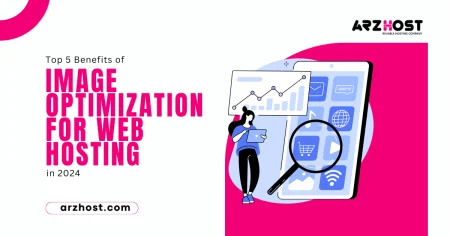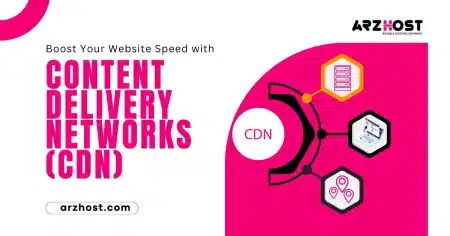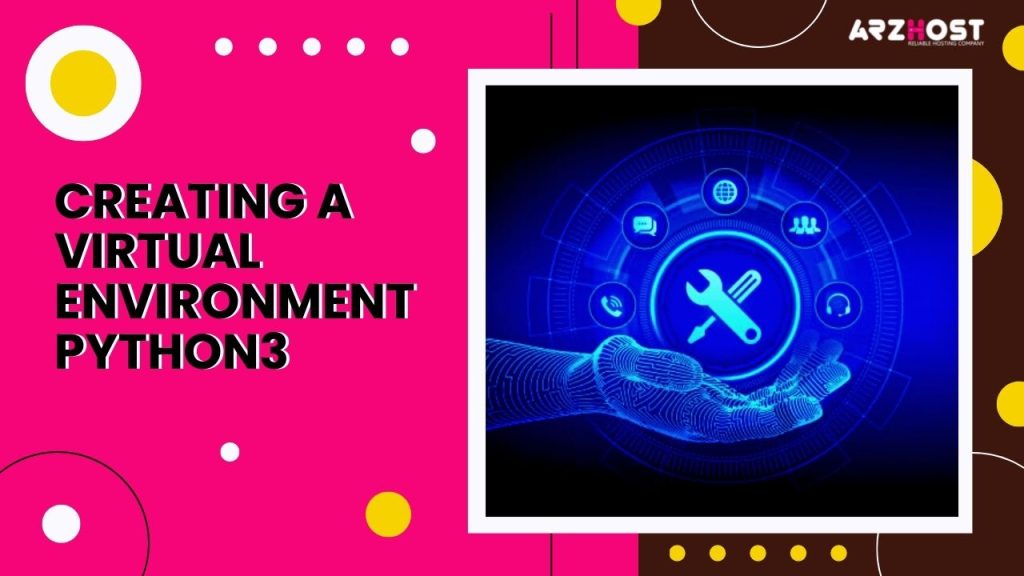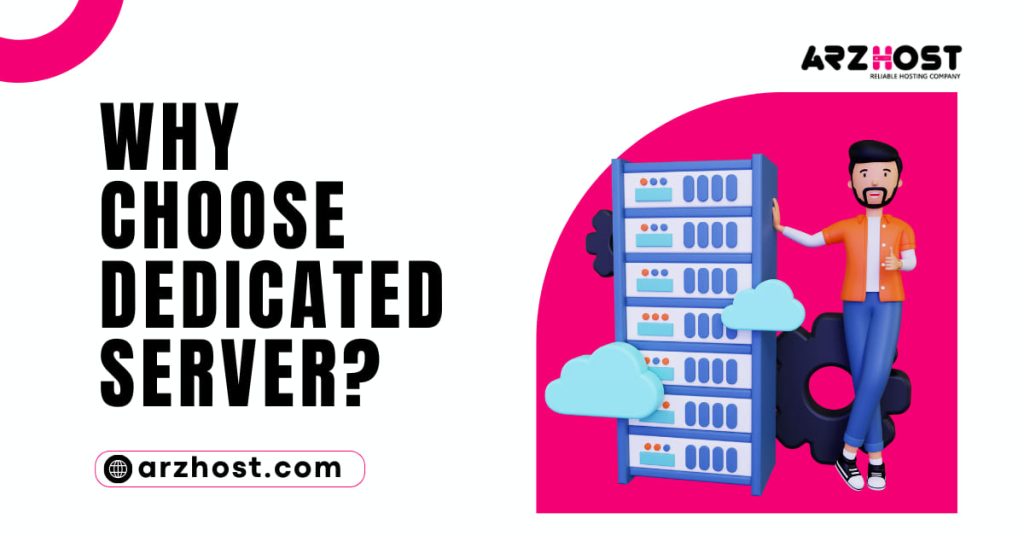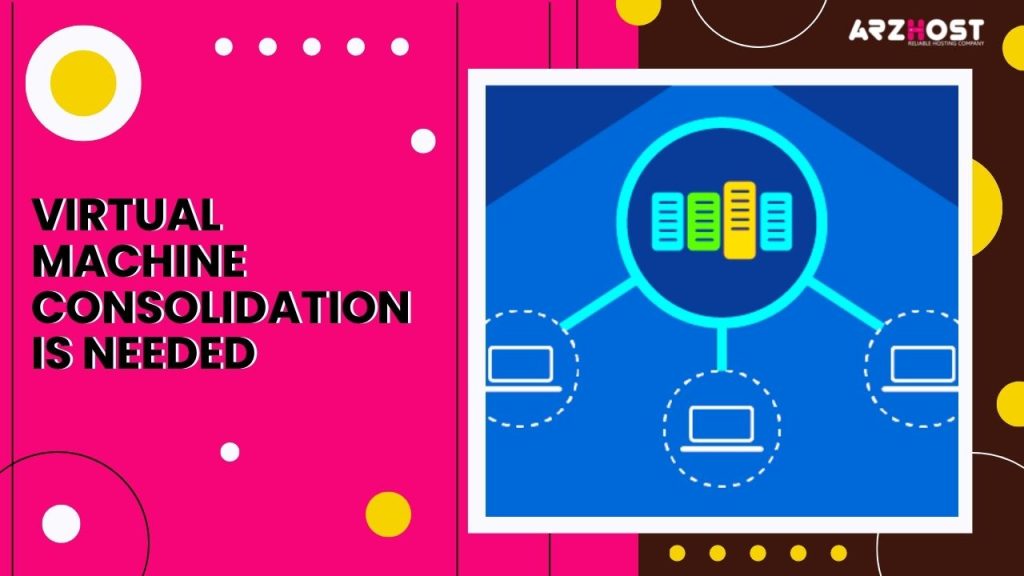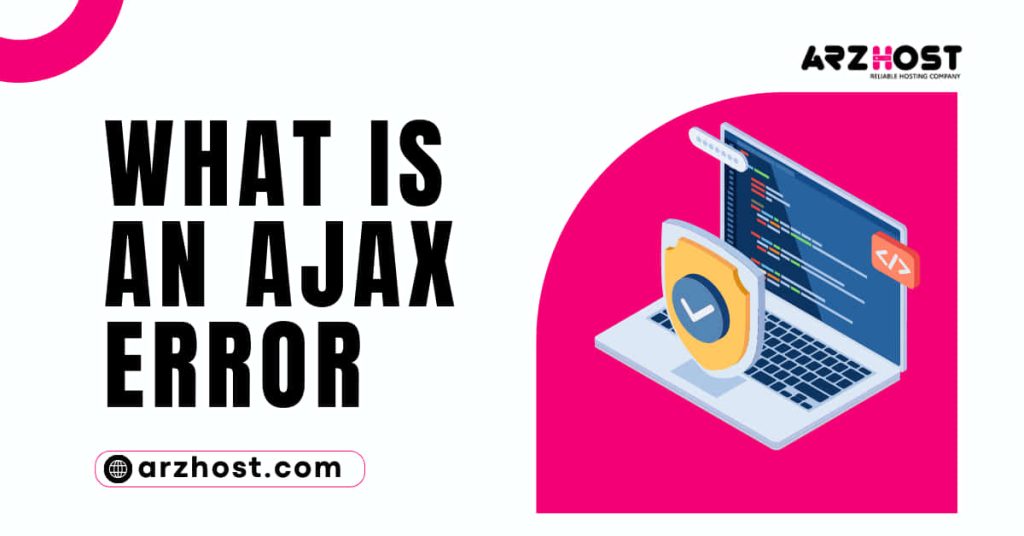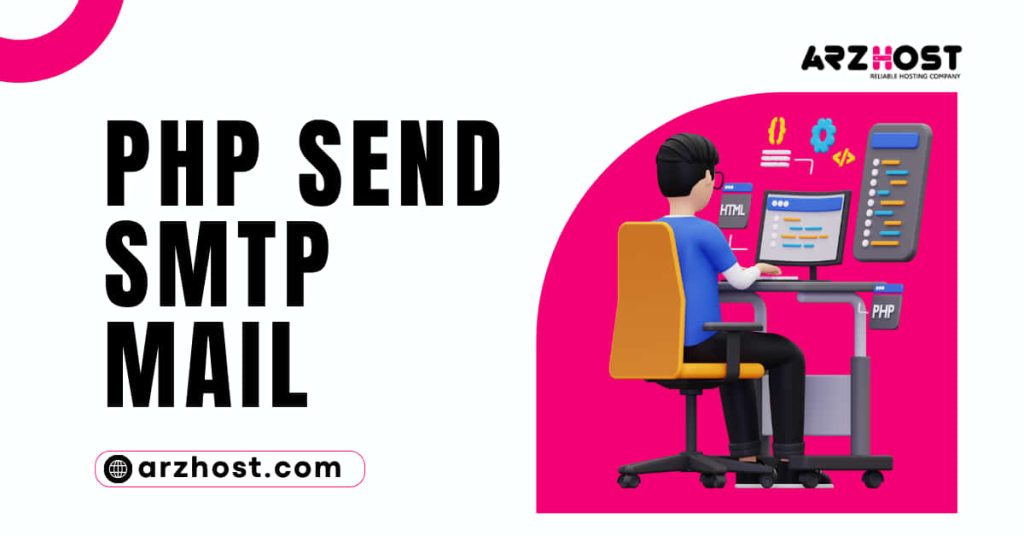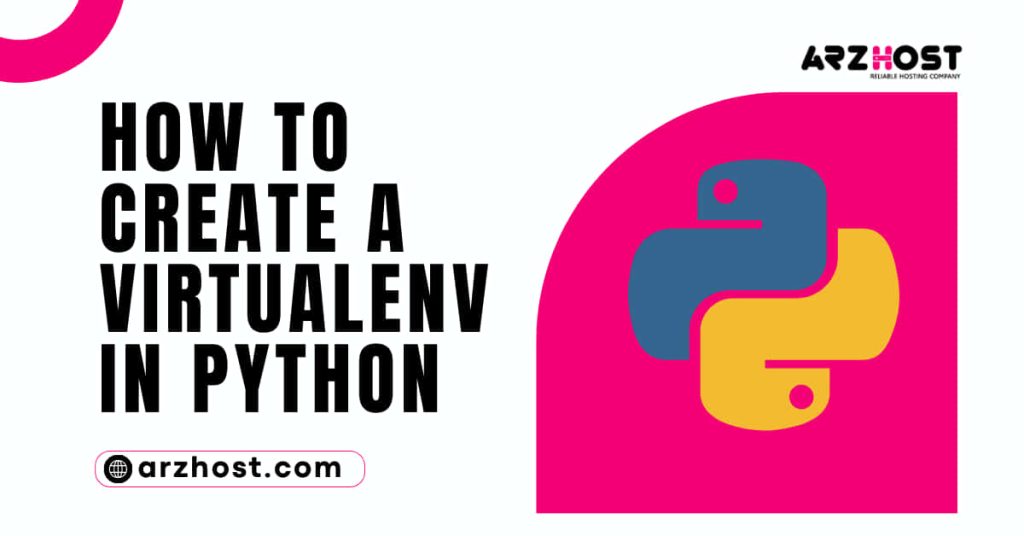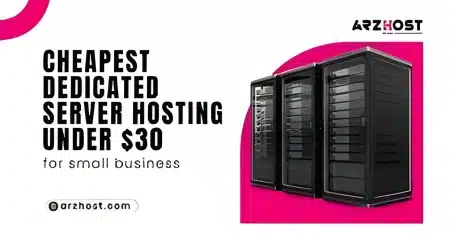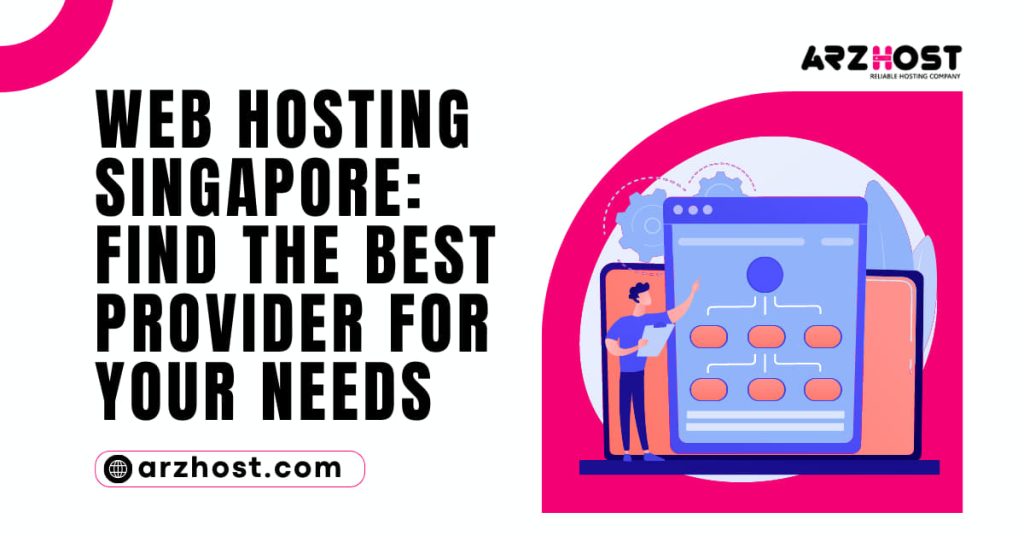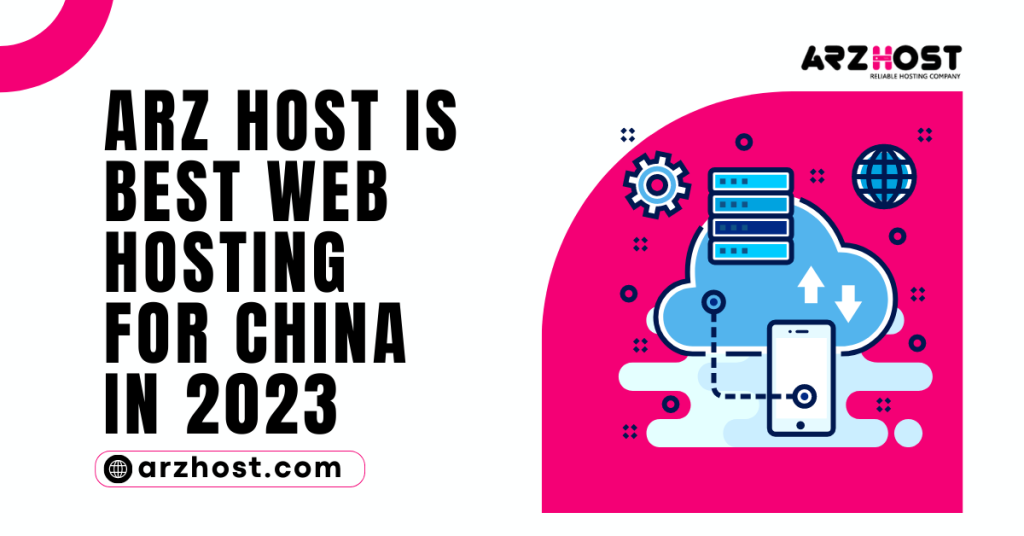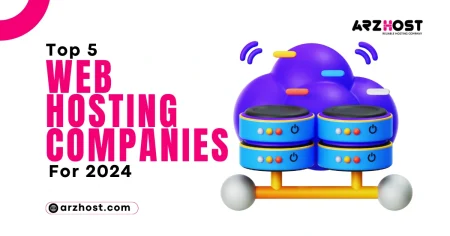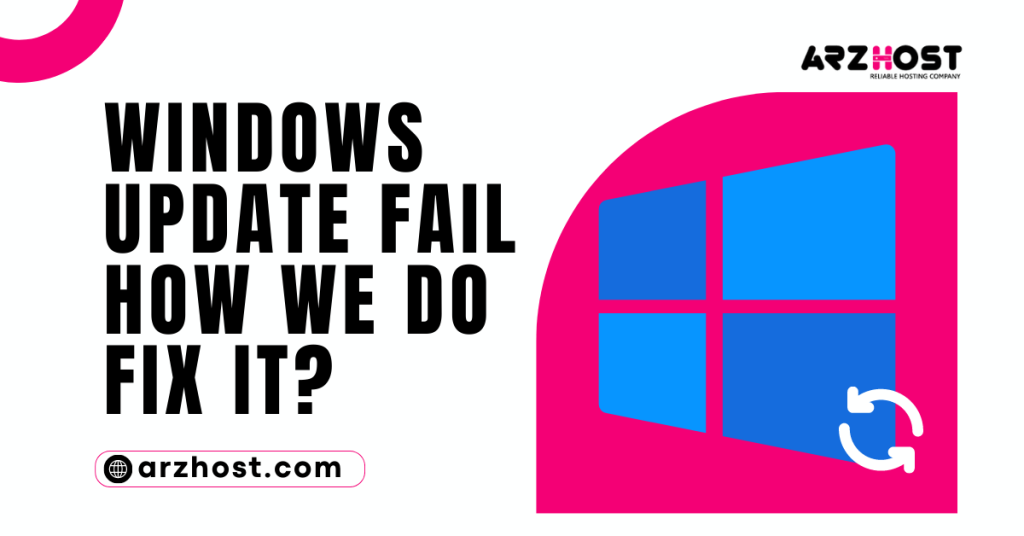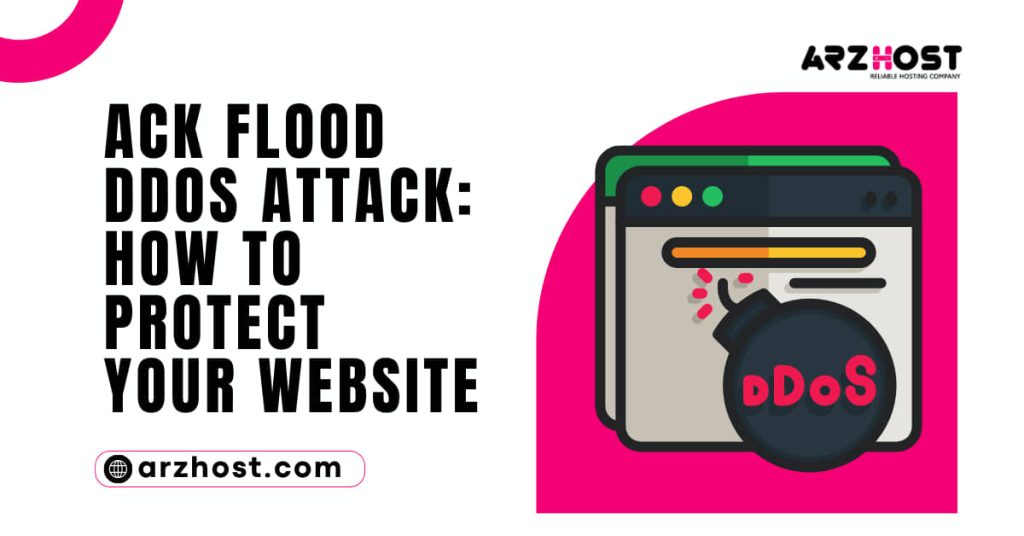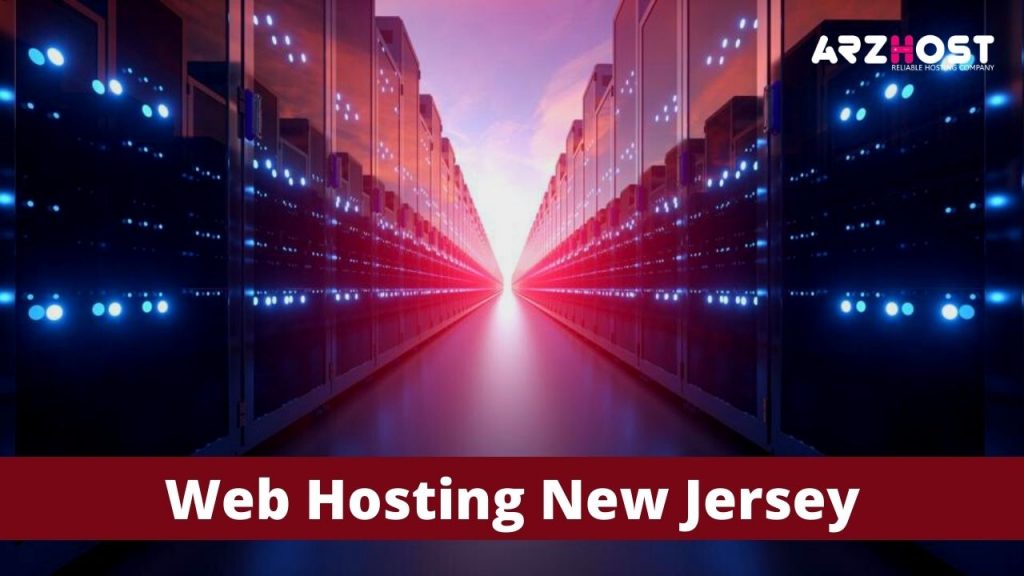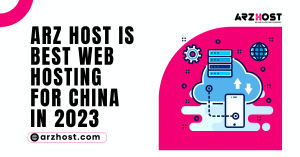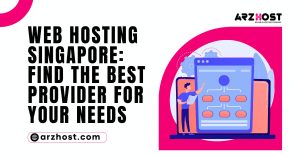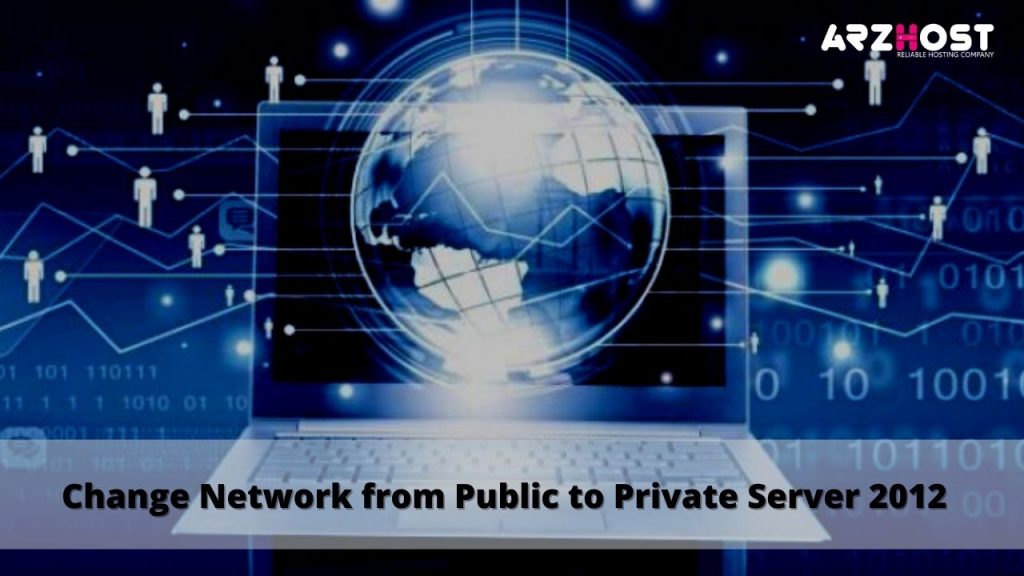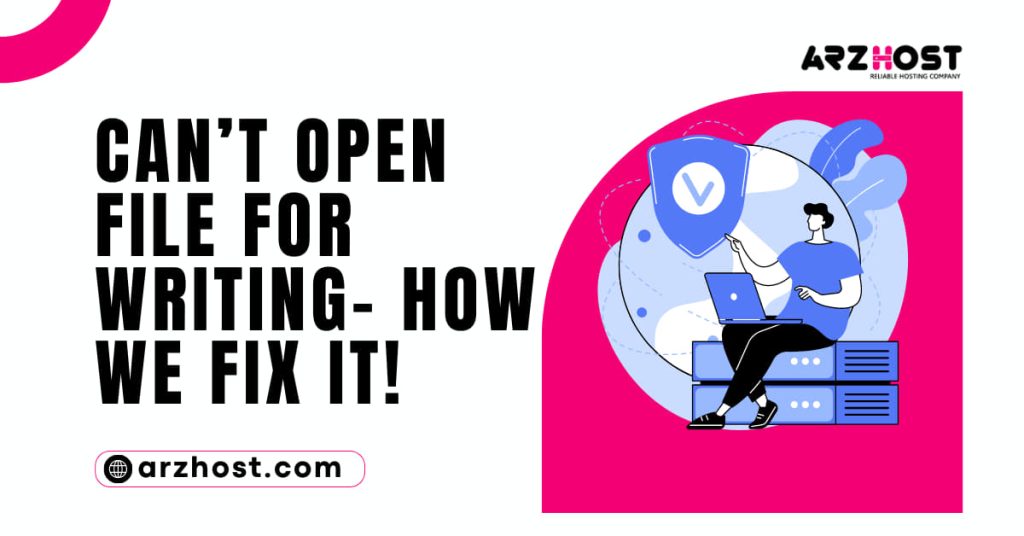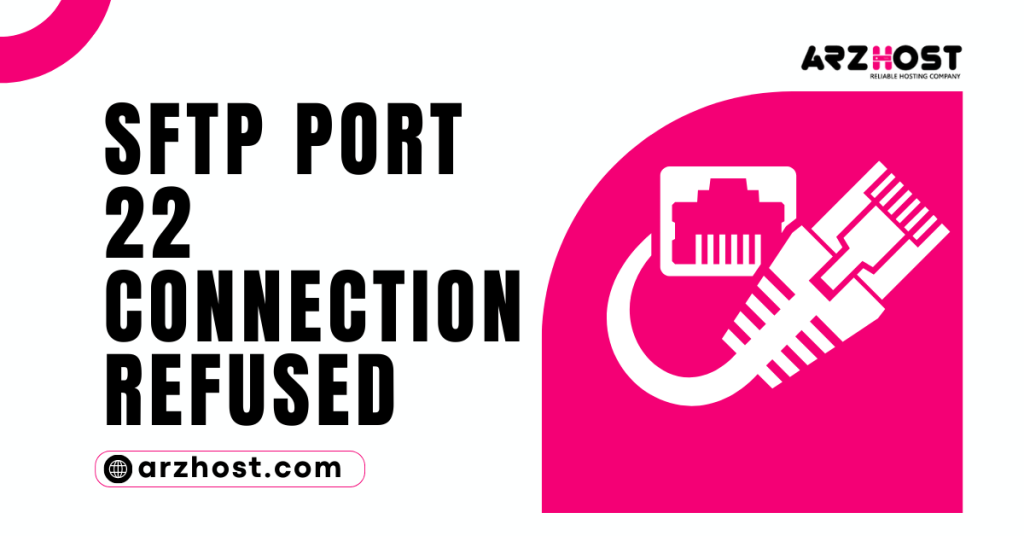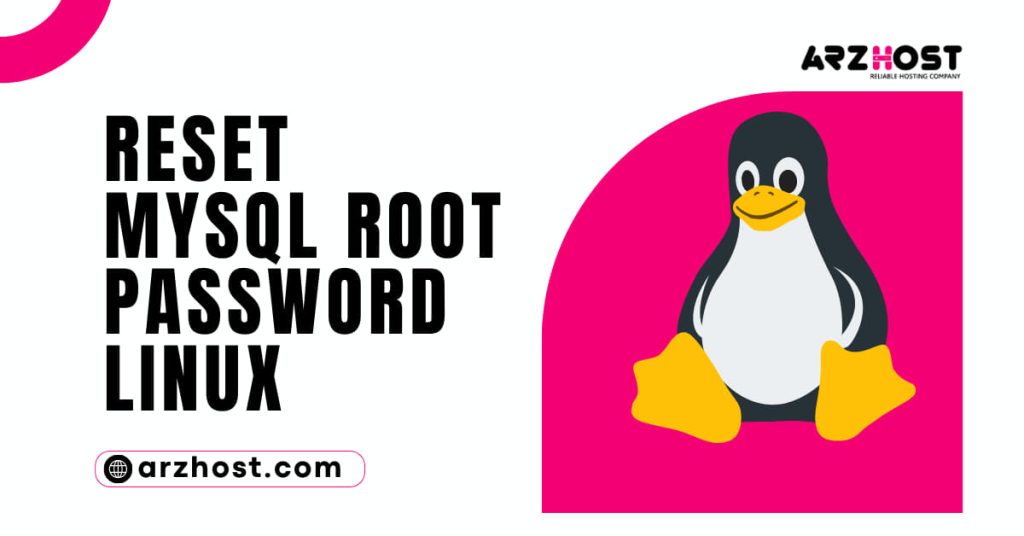Our Picks
News Focus
View MoreAdvancing a site can be a significant expense for autonomous endeavors with confined displaying monetary…
Best hosting for web designers, one day earlier, one of my mates mentioned that I…
Do you ever consider what’s going on in the background when you browse the internet? Don’t worry if the response is negative.…
You most likely use a mobile device to read this. You’ll probably search elsewhere for the information you need if the text…
You may be surprised to learn that faster websites can be achieved by optimizing your photos before adding them to WordPress. Many…
Any business nowadays needs a website because so many consumers, clients, and target audiences are constantly online. Regretfully, impatience can also be…
Why is Browser Caching Important? User experience matters greatly in the ever-changing field of web development. Browser caching is one element that…
Subscribe to Updates
Get the latest creative news from FooBar about art, design and business.

